Many of you are wondering what a NFT (or Non-Fungible Token). It is quite normal to not understand what it is exactly, as this concept is so new. Whether you are passionate about crypto-currencies and their vast universe or simply curious to learn more about these new technologies, you are at the right place. We are going to bring you a definition of the NFT by explaining it all to you in the simplest way possible (well, we'll do our best!).
Summary
NFT: Definition
NFT stands for Non-Fungible TokenThe NFTs are non-fungible tokens. Understand that NFTs represent non-interchangeable elements. They are unique and non-replaceable. A thing is fungible if it is replaceable by another similar element (of the same nature, quality and quantity). But understand everything about NFTs is not so simple and the definition of an NFT is quite obscure for some, so let's take an example.
For example, a dollar, a euro, or any coin is exchangeable for another. Both coins have the same value and cannot be distinguished from each other. We speak then of fungible assets.
On the other hand, a NFT is unique, it cannot be replaced by something else of the same nature. We could, in fact, compare this notion with works of art. They represent non-fungible items. Leonardo da Vinci's Mona Lisa is no substitute for Van Gogh's Starry Night. Each work is unique.
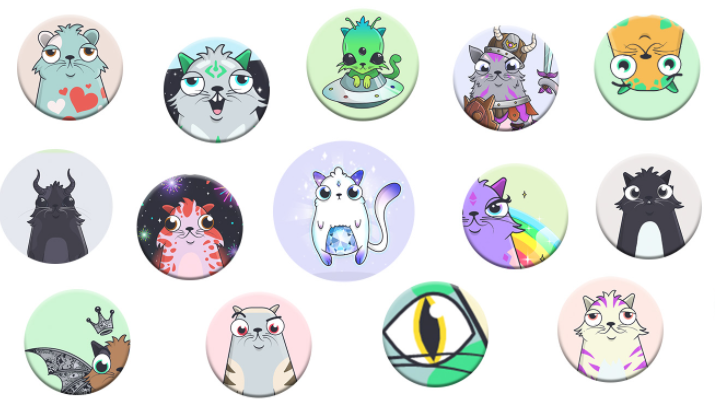
NFT: What exactly is it and how does it work?
The NFTs exist thanks to the technology of the blockchain is. It allows to store and transmit data in a decentralized and secure way. The blockchain is immutable, unfalsifiable and transparent.
So, if you buy a NFT on the blockchain, the transaction will be visible to all, it is unalterable. You can easily prove the authenticity of your NFT and demonstrate that you are the owner.
An NFT is unique
Please note that the fact that a NFT is unique and authentic does not mean that it cannot be copied. For example, if the NFT represents an image, it will be possible to make copies of that image in .jpg or .png format on a computer (as with any image).
But the important thing to remember is that these copies will have no value. You will be the only one who has the original and can prove it.
Let's take the example of a work of art. We know that it is perfectly possible to copy a work of art and have a copy at home. But in this case, you will never have a certificate of authenticity that proves its value. It is the same thing with Non-Fungible Tokens, except that they are not palpable, they are digital.
An NFT can therefore exist in different forms:
- an image,
- a video or a movie,
- a digital work of art,
- a video game element (skin, avatar, stuff, trading card, etc.),
- an audio file or a music album,
- a collector's item,
- etc.
How does it work in practice?
For an NFT to exist, the blockchain must be able to manage " smart contracts" . To put it simply, these smart contracts will allow to execute computer code in the blockchain.
In fact, most NFTs are found on the Ethereum blockchain because they were born on this blockchain. Historically, it was the first to implement smart contracts. However, we now find more and more NFTs in other blockchains (Binance Smart Chain, Solana, Elrond, etc.).
If you wish to buy an NFTyou will have to go to a marketplace.
What is an NFT used for? Some examples
The use cases are numerous and varied. If you have discovered this universe some time ago, you may have heard about the famous NFT " Everyday: The first five thousand days "created by Beeple (American graphic designer and crypto-artist) and sold for $69.3 million. Or do you know the famous CryptoPunks created by Matt Hall and John Watkinson? Or maybe the CryptoKitties, those famous virtual cats to collect?
But what is the purpose of these NFTs?

Art
The Art world naturally took hold of the phenomenon and we saw the emergence of many artists. It is also thanks to Art that the general public discovered NFTs.
The possibilities are endless, digital artists have no limits in their creation and can easily create NFTs of their works (making them unique and authentic).
Collection
The unique and authentic look of NFTs makes them particularly collectible. It is possible to create collections with NFTs of a certain rarity, like Panini cards or stamps. Besides, many games use this aspect. One thinks naturally of the French project Sorare which publishes cards of footballers in the form of NFTs that can compete in a fantasy soccer game. It is possible to buy and sell cards to create your dream team.
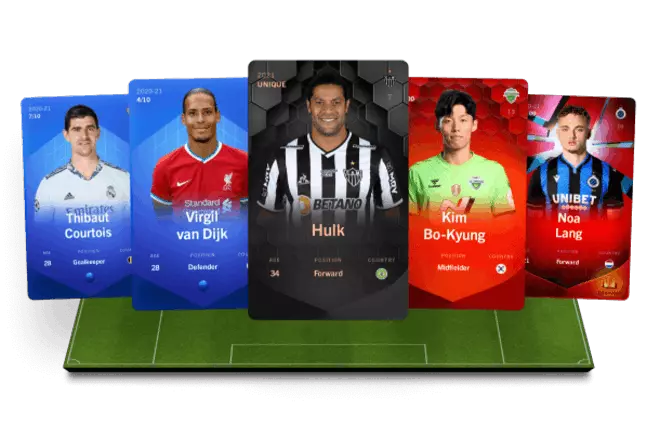
Metaverse
The metaverse is another area where NFTs come to mind. To put it simply, a metaverse is a digital worldThe Sandbox is a virtual, persistent and shared land. The Sandbox game allows you to buy a virtual plot of land (a LAND) in the metaverse. The plots can then be exchanged, sold or rented.
Like Second Life (for those who know), it will be possible to explore these LANDs in 2D and 3D. And who knows, maybe one day in VR. Plot owners can build and display whatever they want on their land. For example, create an art gallery to display their NFTs, organize a concert, advertise, and a thousand other possibilities.
NFTs in Gaming: infinite possibilities
We have already mentioned several examples of NFTs related to the video game world. And indeed, the gaming world and the use of Non-Fungible Tokens in this sector suggests some pretty crazy projects. Of course, being specialized in the Play2Earn and the crypto gaming, this is the sector that interests us the most. The possibilities seem endless. 🚀
To understand what this is all about, let's take an example. One of the blockchain games Play2Earn is called Axie Infinity. The goal is to create a team of Axies (a kind of cute little monsters), and have them fight against other teams to climb the rankings.
In this type of game, the "Axies" are NFTs of different rarity, power and therefore value.
Other games offer stuff, crafts, etc., in NFT. Of course, all of this is usually sellable or tradeable between players.

To make sure you understand, we can draw a parallel with TCDs (Trading Card Game) like Hearthstone (just to mention this example). Your cards do not really belong to you, it is impossible to trade them with another player because you cannot leave the game. And if the game ends tomorrow, you will lose your in-game collections.
In the blockchain, your NFTs belong to you no matter what.
Finally, a project entitled Ultra (UOS) is starting to make a name for itself. Their idea, to become the Steam of the blockchain. Indeed, the games licenses will be present in the form of NFTs. Thus, players could decide to lend, rent, sell their games. They belong to them, just as if they had bought the game box "the old way" 😜.
So what is an NFT? It is finally even more vast...
Of course, this is not an exhaustive list. The field is vast, that's why we have several articles on the subject of NFTs in order to answer a maximum of questions. We could have quoted the supply chain which NFTs can improve traceability, the field of industrial property (patents) or the DEFI (decentralized finance) and the gamification of finance. Many use cases of these non-fungible tokens will emerge in the next few years as the sector is so innovative.
We hope to have answered your questions, especially the main one: a What is NFT ? 😉 If you still have questions about the definition of an NFTI invite you to discover my article which explains how to create an NFT.
It is important to remember that the sector is evolving very quickly and that new projects are born every day. This technology is revolutionary and its use in gaming is very promising.

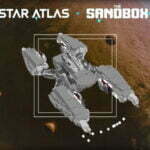





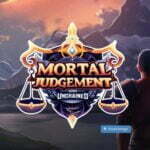
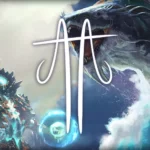

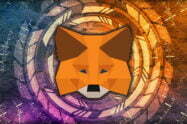
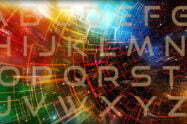
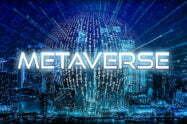
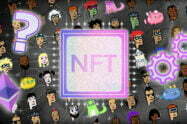
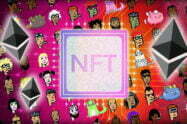
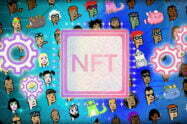
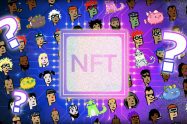

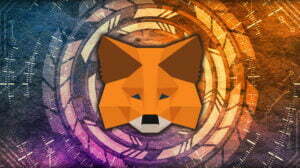
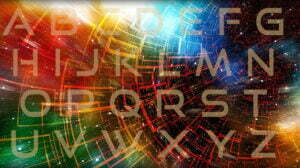


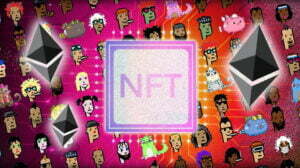













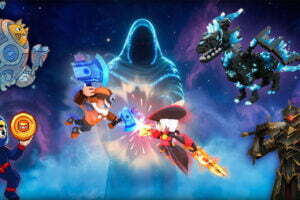

Add Comment